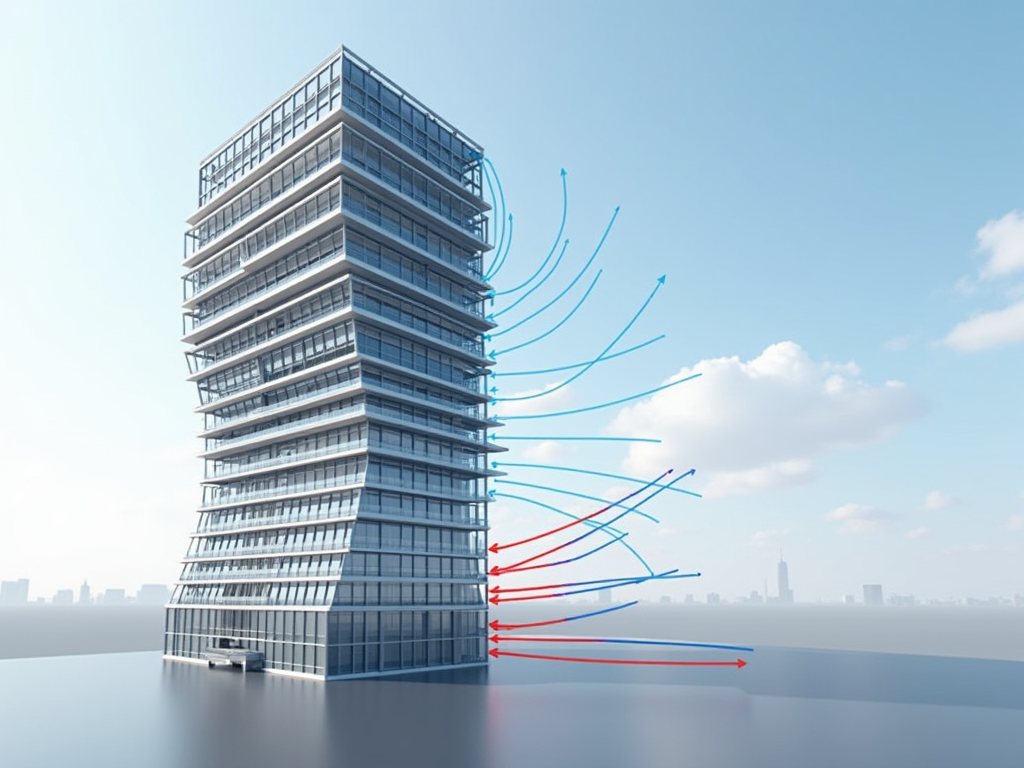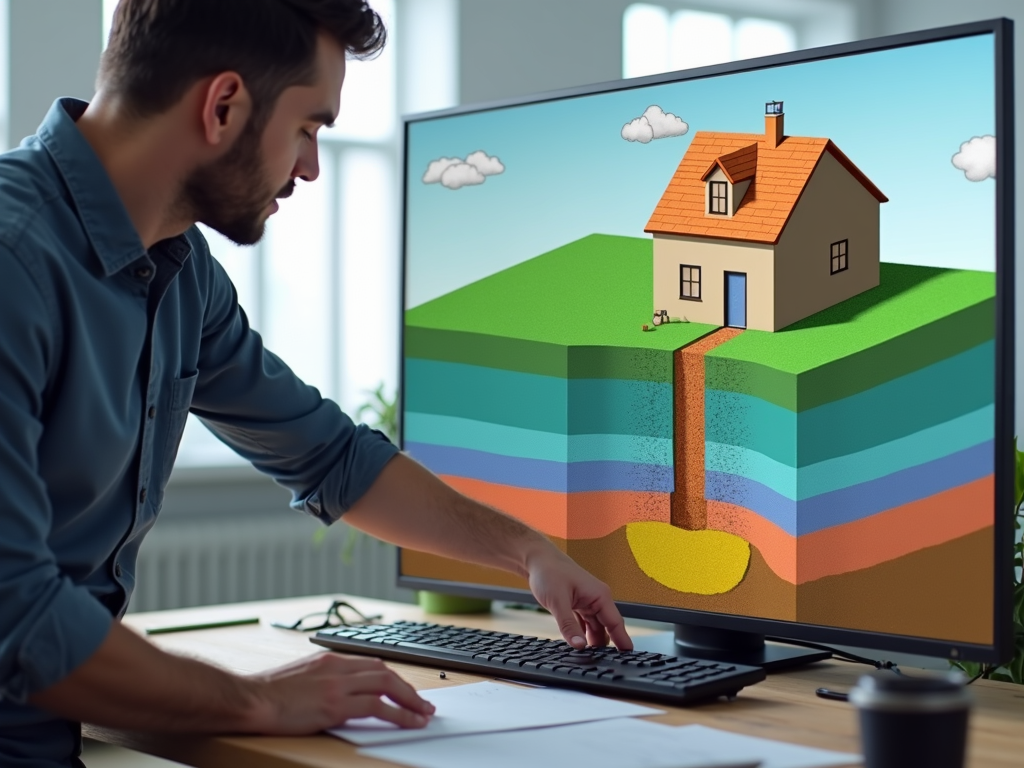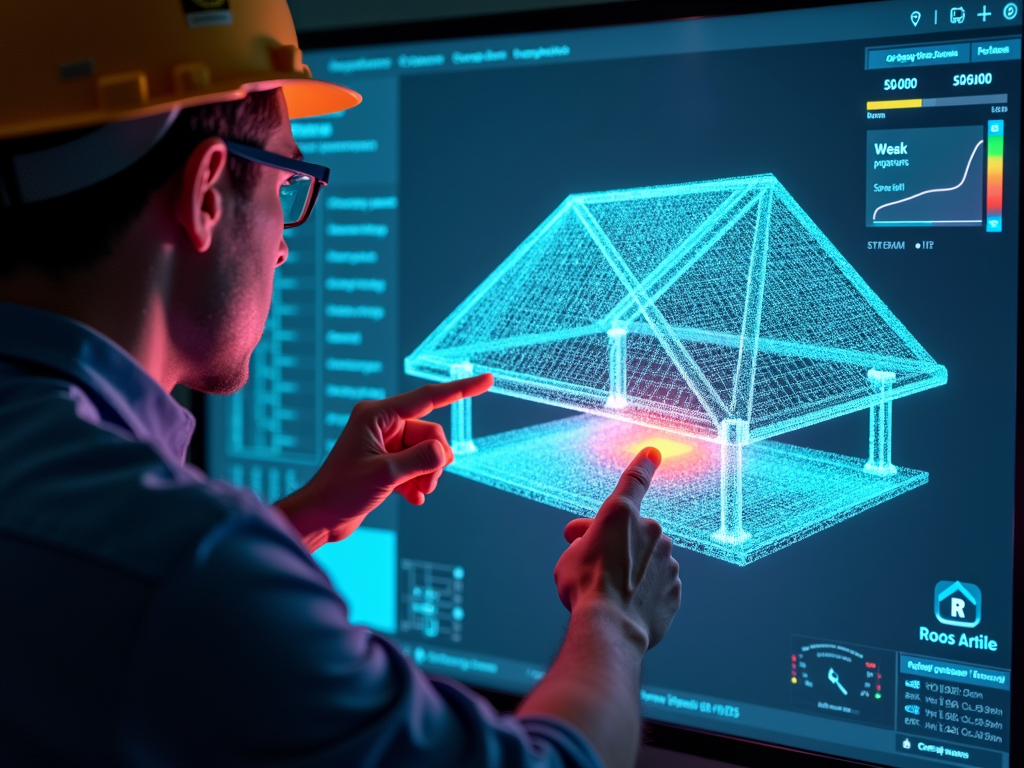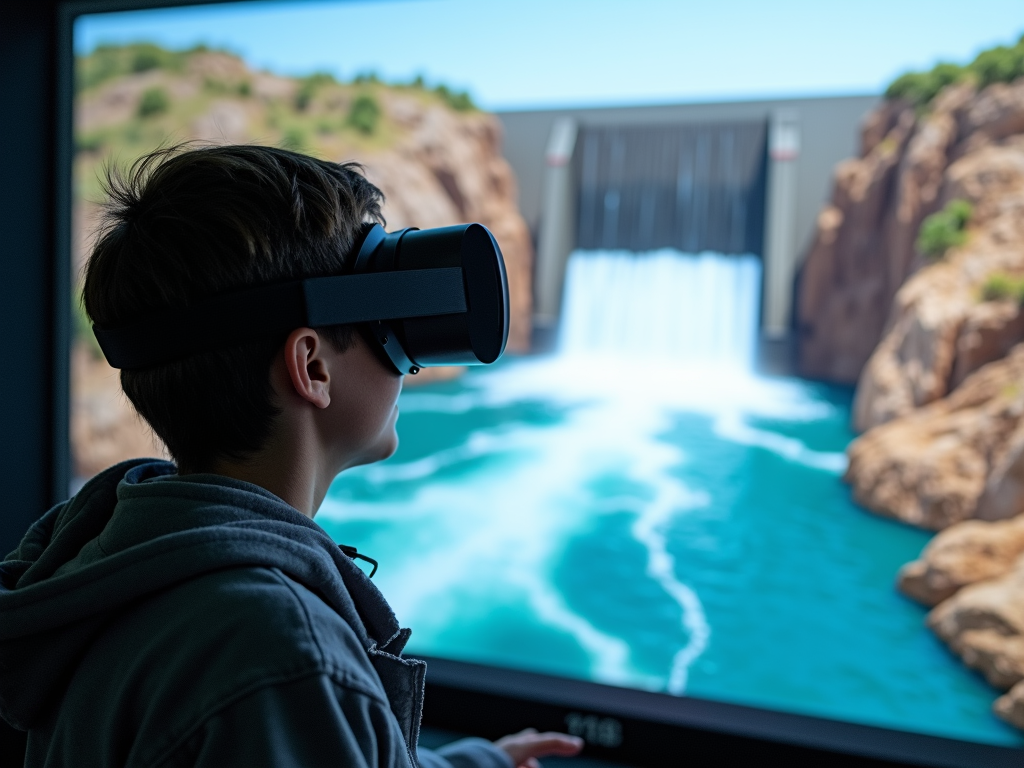Virtual Reality in Engineering: A New View on Design and Testing
Virtual reality (VR) is changing how engineers design, test, and build. This technology creates digital worlds where engineers can explore their projects in 3D, spot problems early, and work together better. From bridges to buildings, VR offers a fresh way to see engineering challenges. Let’s dive into how it works and why it matters.

How VR Fits Into Engineering
Virtual reality in engineering lets people step inside their designs. Picture an engineer putting on a headset and walking through a skyscraper that hasn’t been built yet. They can check every angle, test how it holds up, and even see how sunlight hits the windows. It’s like a video game, but for solving real problems.
This isn’t just cool—it’s practical. VR helps engineers catch mistakes before they cost money. It also makes teamwork easier, letting people from different places meet up in the same virtual space. Plus, it’s safer to test ideas digitally than in the real world.

Why VR Matters in Engineering
Here’s what makes VR a big deal:
- Better Designs: Seeing a project in 3D helps engineers understand it fully.
- Teamwork Boost: People can share ideas in real-time, no matter where they are.
- Saving Money: Fixing issues in VR is cheaper than rebuilding later.
- Learning Tool: New engineers can practice in a safe, virtual setting.
Take structural engineering, for example. VR can show how a building handles wind or weight. That’s a huge step up from flat drawings or computer screens.

Innovations in Structural Engineering Software
New tools are making VR even better for engineers. Software like Autodesk Revit or Bentley’s MicroStation now includes VR features. These programs let engineers step inside their designs and tweak them on the spot. It’s a huge leap from the old days of 2D blueprints.
These tools don’t just look fancy—they solve real problems. For instance, they help engineers see how a bridge’s supports hold up or how a building’s foundation settles into the ground. It’s all about making designs stronger and smarter.

Testing Load Combinations with VR
Buildings and bridges face all kinds of forces—wind, earthquakes, heavy loads. Engineers call these ‘load combinations.’ VR takes this to the next level with advanced load combination techniques in engineering. It shows exactly how a structure reacts to different pressures.
Imagine a virtual building shaking in an earthquake. Engineers can watch where it bends or cracks, then adjust the design right there. This beats guessing from numbers on a page. It’s hands-on, and it makes structures safer.

Real Examples of VR in Action
VR isn’t just a theory—it’s being used today. Here’s how:
- Bridges: Engineers test how traffic and weather affect a bridge before it’s built.
- Buildings: Teams walk through virtual floors to find flaws early.
- Footing Calculation: VR shows how foundations sit on soil, helping get the base just right.
I once saw a team use VR to spot a weak spot in a factory roof. They caught it in the virtual stage and fixed it, saving thousands later. That’s the kind of real-world impact VR brings.

My Take: Why VR Feels Personal
Here’s something I’ve learned: VR makes engineering feel alive. I remember working on a small dam project. In VR, I could ‘stand’ on the edge and see how water flowed. It hit me—small changes in the design could stop a flood. That’s powerful. VR turns numbers into something you can touch and feel.
It’s also great for teaching. New engineers can practice without risking real projects. They learn faster when they can see and move things themselves.

What’s Next for VR in Engineering
VR is still growing. Soon, it might let engineers test entire cities or predict how buildings age. The possibilities are endless, and it’s exciting to think about where this tech will take us.
Wrapping Up
Virtual reality in engineering is a new view that’s here to stay. It helps engineers design better, work together, and save money—all while keeping things safe. Whether it’s testing load combinations or calculating footings, VR makes the job easier and more accurate. Want to know more? Check out the links below!





